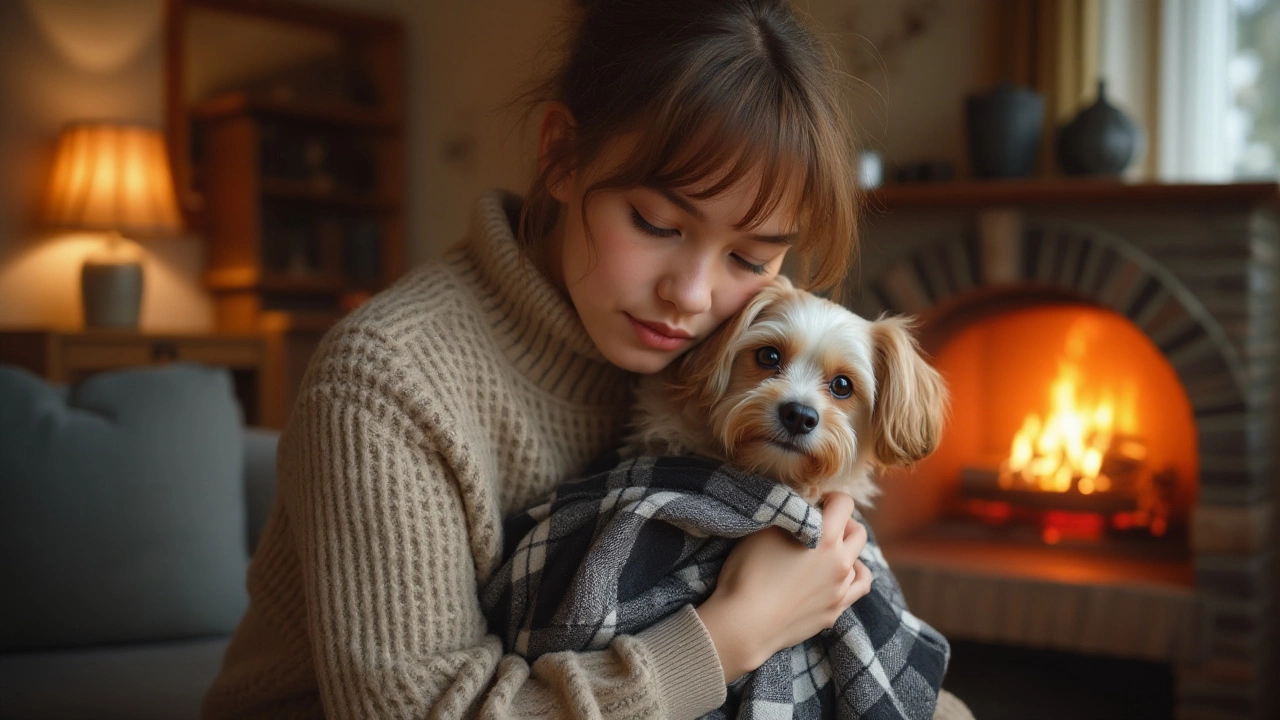Calm Dogs: Simple Tips to Keep Your Pup Relaxed
Ever wonder why your dog jumps at every doorbell or barks at the TV? A calm dog isn’t a mystery – it’s about routine, environment, and a few smart choices. Below you’ll find easy steps you can start today to turn a jittery pup into a chill companion.
Why Dogs Get Anxious
Dogs pick up on our stress, loud sounds, and sudden changes. A new walker, a different route, or even a missing favorite toy can trigger nervous energy. When the brain senses danger, it releases adrenaline, and the dog reacts with barking, pacing, or shaking.
Understanding the triggers helps you stop the cycle before it starts. Keep a mental note of when your dog seems on edge – is it before a walk, during thunderstorms, or when guests arrive? That list becomes your roadmap for calm‑building actions.
Practical Tips for a Calm Dog
1. Consistent Routine – Dogs thrive on predictability. Feed, walk, and play at the same times each day. A predictable schedule tells their brain that life is safe.
2. Low‑Key Exercise – Too much high‑energy play can raise adrenaline. Try a 15‑minute brisk walk followed by a short training session. The mental focus of commands like “sit” or “stay” burns energy calmly.
3. Safe Space – Give your dog a crate, bed, or quiet corner they can retreat to. Adding a familiar blanket (just watch for safety) creates a calm zone they associate with peace.
4. Gentle Gear – A well‑fitted harness often feels less restrictive than a tight collar. If you’ve used a training collar before, consider switching to a breakaway or a humane front‑clip harness for everyday walks.
5. Calming Aids – Music designed for dogs, pheromone diffusers, or a dab of lavender (dog‑safe only) can lower stress. Use them during noisy events like fireworks or vet visits.
6. Positive Reinforcement – Reward calm behavior instantly with treats or praise. When your dog sits quietly while the doorbell rings, give a small treat. Over time, the dog learns that staying calm earns rewards.
7. Short Desensitization Sessions – Expose your dog to a trigger in tiny doses. Play a recording of a thunderstorm at low volume while giving treats. Gradually increase the volume over days. This teaches the dog the sound isn’t a threat.
Putting these steps together builds a calm foundation. Start with one or two changes, track your dog’s reaction, and add more as confidence grows.
Remember, every dog is unique. If anxiety persists, a quick chat with a vet or professional trainer can pinpoint medical or behavioral reasons.
With consistency, a safe space, and gentle reinforcement, you’ll notice your dog breathing easier, tail wagging slower, and enjoying life without constant tension.
- Morgan Ainsworth
- 0 Comments
Understanding Why Your Dog Is Upset After a Grooming Session
When your dog seems distressed after a grooming session, it can be concerning. Dogs might cry post-haircut due to stress, fear, or discomfort from the unfamiliar experience. This article explores why your pup might be upset and tips for making future grooming sessions smoother. Understanding your dog's behavior and providing comfort can help reduce anxiety and ensure their well-being.
View More
